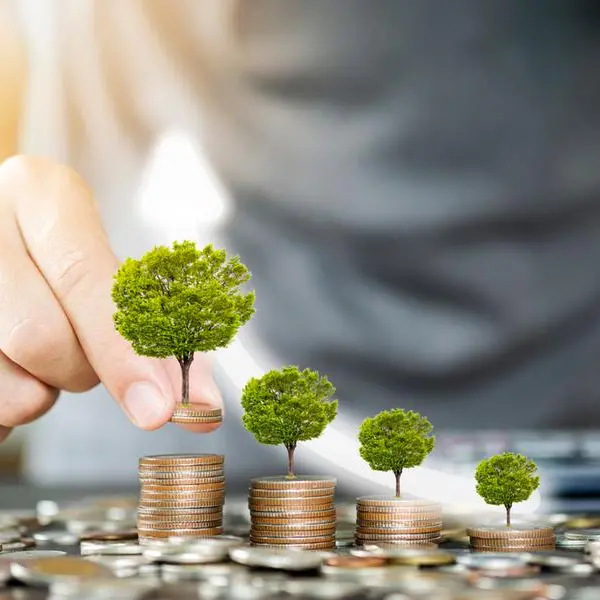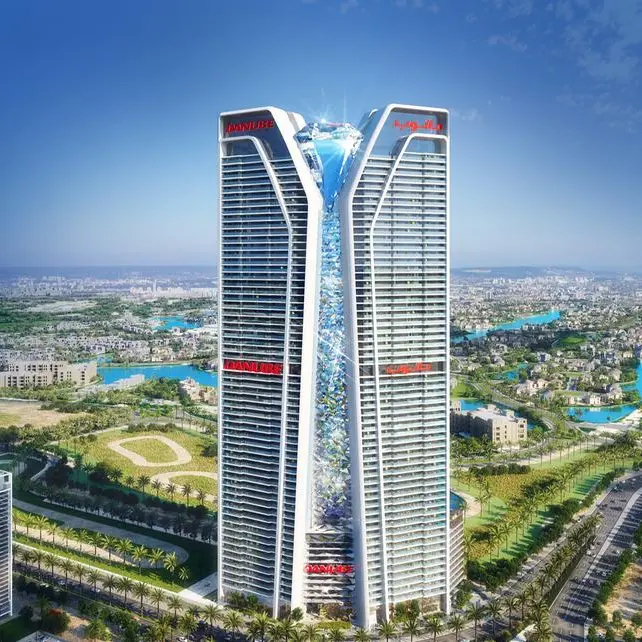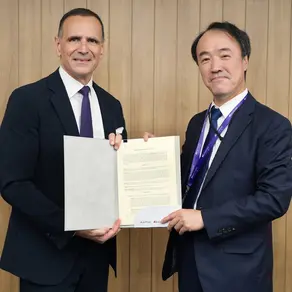- ArabPlast 2019, closed on a grand note witnessing the participation of more than 900 companies from 32 countries
- Advanced economies currently use up to 20 times more plastic than developing economies on a per capita basis, underscoring the huge potential for global growth
Dubai, United Arab Emirates: Industry experts at ArabPlast 2019 indicated that plastics will be the main driver for crude oil demand, accounting for more than 33 percent of oil demand growth globally in the period to 2030. ArabPlast 2019 - the biggest plastics, petrochemicals and rubber industry exhibition in the Middle East and North Africa (MENA) region, closed on a grand note witnessing the participation of more than 900 companies from 32 countries.
It has been observed that plastics – the key driver for petrochemicals from an energy perspective – has outpaced all other bulk materials (such as steel, aluminium, or cement), nearly doubling since 2000. Advanced economies currently use up to 20 times more plastic and up to 10 times more fertiliser than developing economies on a per capita basis, underscoring the huge potential for global growth.
“Plastics is experiencing a surge in demand, and the growth is fuelled by varied sectors. While packaging and infrastructure remain the key industries driving the growth of the plastics, construction plastics are also in high demand,” said Satish Khanna, General Manager, Al Fajer Information & Services, Dubai, organisers of ArabPlast 2019.
The construction plastics market was estimated to be USD 75.6 billion in 2018 and is projected to reach USD 105.7 billion by 2023, at a CAGR of 6.9 percent. About five percent of the world's petroleum is estimated to be used to make plastics. Plastics are widely used in the construction industry for application in pipes and windows, among others.
“Plastics have exceptional utility. It is not only flexible and affordable, but can also resist severe weather conditions, making it a popular source of item in the Middle East, Asia and Europe,” added Khanna.
Asia Pacific (APAC) is the largest and the fastest-growing market for construction plastics. In addition, China continues to drive the global demand of plastics due to its rising population and rapidly growing infrastructure facilities. Given the rise in construction, Middle East, Europe and US also serve as key players for driving demand in the industry.
In addition to construction and buildings, packaging is another sector driving the global demand for plastics. From bottles to food wrappers, the largest segment of the packaging plastics market, account for about 36 per cent of global demand.
-Ends-
© Press Release 2019Disclaimer: The contents of this press release was provided from an external third party provider. This website is not responsible for, and does not control, such external content. This content is provided on an “as is” and “as available” basis and has not been edited in any way. Neither this website nor our affiliates guarantee the accuracy of or endorse the views or opinions expressed in this press release.
The press release is provided for informational purposes only. The content does not provide tax, legal or investment advice or opinion regarding the suitability, value or profitability of any particular security, portfolio or investment strategy. Neither this website nor our affiliates shall be liable for any errors or inaccuracies in the content, or for any actions taken by you in reliance thereon. You expressly agree that your use of the information within this article is at your sole risk.
To the fullest extent permitted by applicable law, this website, its parent company, its subsidiaries, its affiliates and the respective shareholders, directors, officers, employees, agents, advertisers, content providers and licensors will not be liable (jointly or severally) to you for any direct, indirect, consequential, special, incidental, punitive or exemplary damages, including without limitation, lost profits, lost savings and lost revenues, whether in negligence, tort, contract or any other theory of liability, even if the parties have been advised of the possibility or could have foreseen any such damages.










